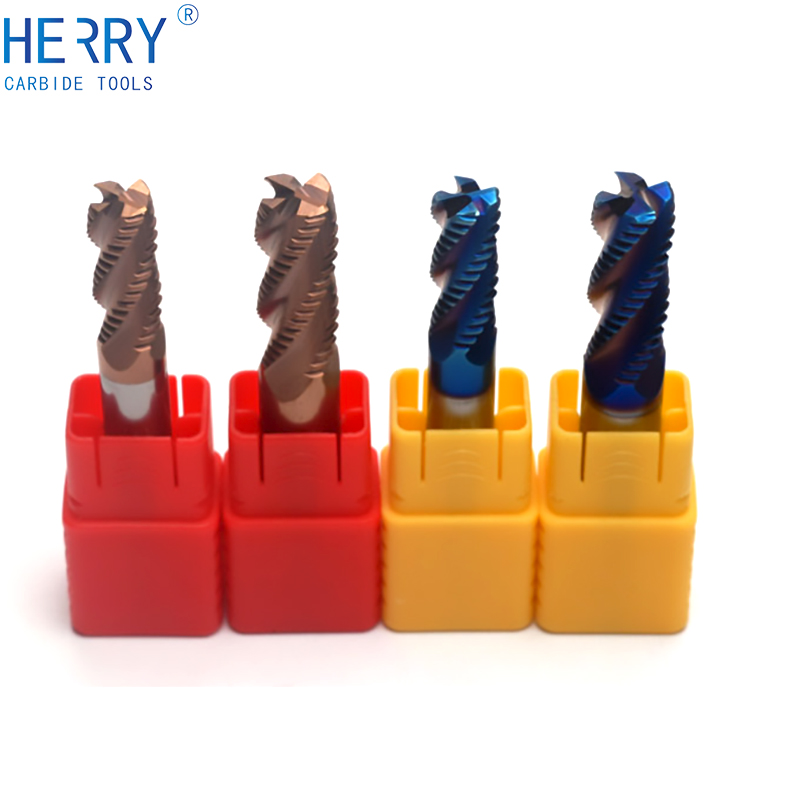
Product Introduction
attachment:Carbide Roughing End Mills.xlsxCarbide Roughing End Mills: High-Performance Machining
Carbide roughing end mills are specifically designed for efficient material removal during the initial stages of machining. These end mills are made from tungsten carbide a material known for its durability and ability to maintain sharp edges even when machining hard materials.
Features:
Multiple Flutes: Typically roughing end mills have between 3-7 flutes which allows for more substantial material removal per pass compared to standard end mills.
Coarser Pitch: The flutes are spaced further apart resulting in coarser pitch which helps to clear chips more effectively and reduces heat buildup.
Thermal Stability: The carbide material can withstand high temperatures allowing for high-speed machining without compromising the tool's integrity.
Efficient Chip Evacuation: The design of the flutes ensures that chips are evacuated quickly from the cutting zone preventing clogging and maintaining a clean work area.
Applications:
Rough Machining: Ideal for the initial cut where rapid material removal is required before finishing operations.
Mold and Die Manufacturing: Commonly used to create molds and dies where large volumes of material need to be removed quickly.
Manufacturing of Large-Scale Components: Effective for machining large parts where time and efficiency are critical.
Advantages:
Speed and Efficiency: Roughing end mills can remove large amounts of material quickly making them ideal for roughing operations.
Long Tool Life: The carbide material is highly durable leading to a longer tool life and reduced downtime for tool changes.
Cost-Effectiveness: While the initial cost may be higher the extended tool life and improved performance can lead to lower overall machining costs.
Choosing the Right Carbide Roughing End Mill:
Material Compatibility: Ensure the end mill is suitable for the material you are machining.
Cutting Parameters: Consider the cutting speeds feed rates and depths of cut that your operation requires.
Tool Holder Compatibility: Verify that the end mill is compatible with your existing tool holders or milling machines.
Best Practices:
Proper Clamping: Securely clamp the end mill in the tool holder to prevent any movement or vibration during operation.
Cutting Fluids: Use cutting fluids where appropriate to help with heat dissipation and chip evacuation.
Regular Inspection: Periodically inspect the end mill for wear and replace it when necessary to maintain machining quality.
In conclusion carbide roughing end mills are a reliable choice for high-efficiency roughing operations. Their durability and precision contribute to efficient and high-quality machining. By selecting the appropriate end mill and following best practices you can optimize productivity and achieve excellent results in your milling operations.
Send Inquiry



 18581906093
18581906093